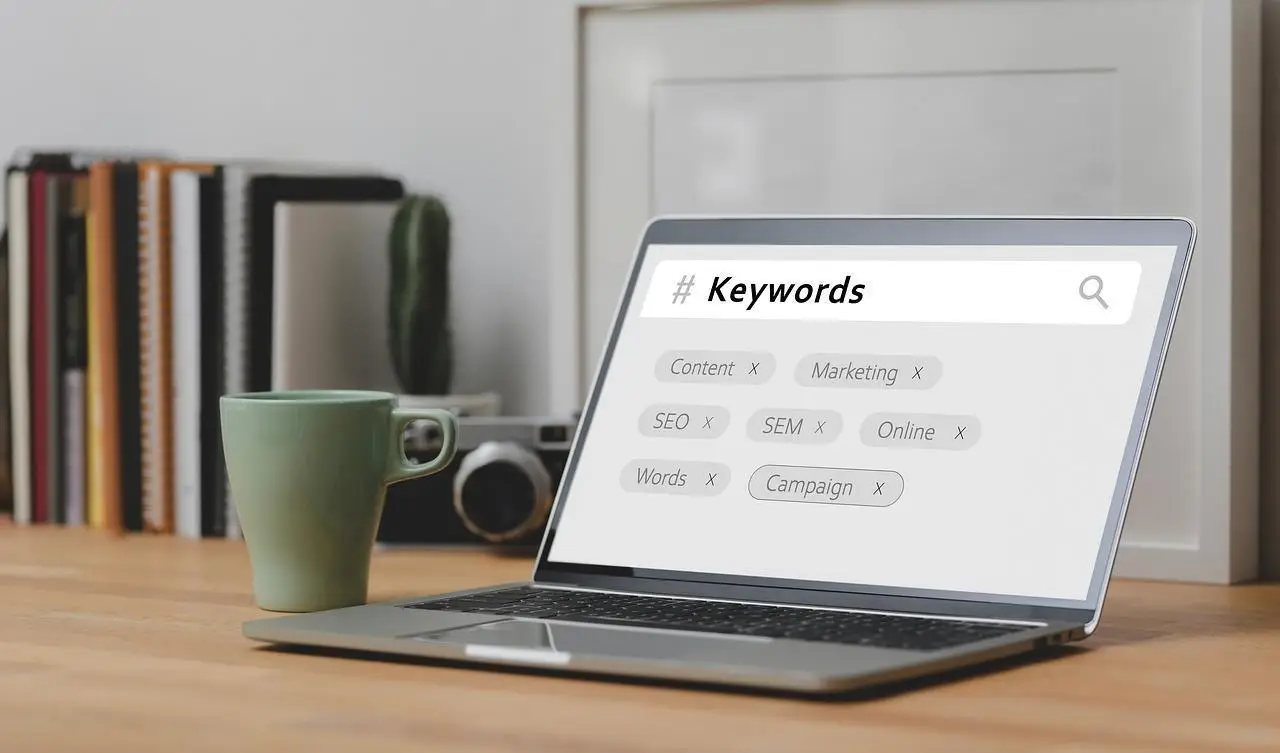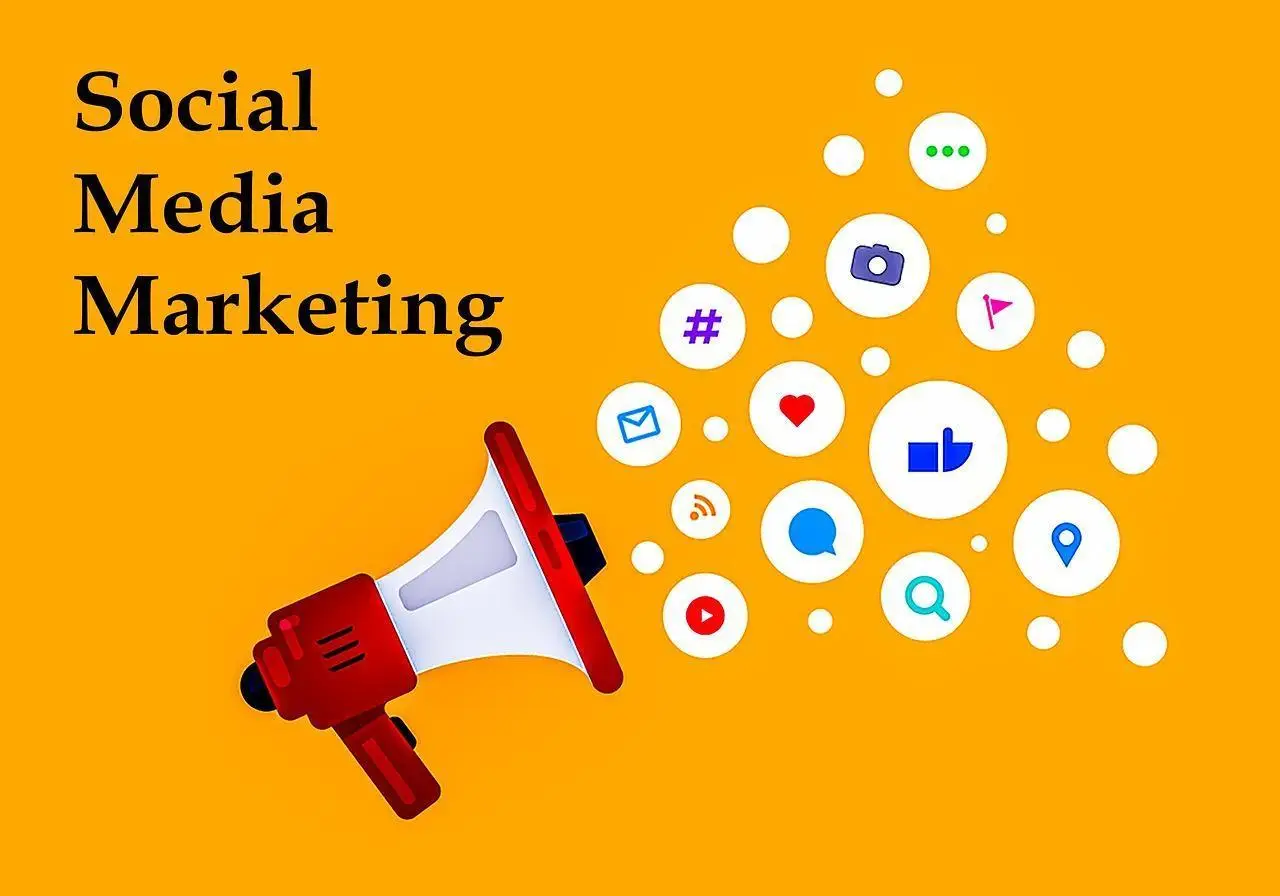The Psychology of Scroll Stopping - What Makes Thumbs Pause
Understanding the Digital Attention Landscape
In the fast-paced world of digital content consumption, capturing and retaining user attention has become the holy grail of marketing. The psychology of scroll stopping delves into the intricate mechanisms that cause users to pause their endless scrolling and engage with content. Understanding these psychological triggers is crucial for marketers aiming to create compelling digital experiences that resonate with their audience.
The Neuroscience Behind Scrolling Behavior
Before exploring what makes thumbs pause, it's essential to understand the neurological processes driving scrolling behavior. The act of scrolling activates the brain's reward system, releasing small doses of dopamine with each new piece of information encountered. This creates a cycle of continuous scrolling as users seek more stimulation. Breaking this cycle requires content that provides a stronger dopamine hit, effectively interrupting the scrolling momentum.
Visual Pattern Interruption
One of the most effective ways to make thumbs pause is through visual pattern interruption. The human brain is wired to notice changes in its environment, a trait that extends to digital spaces. Content that visually breaks from the surrounding feed – through color, shape, or movement – can trigger the brain's novelty-seeking behavior, causing users to stop and investigate.
The Power of Emotional Resonance
Emotional content has a unique ability to cut through the digital noise and make thumbs pause. Images, headlines, or video thumbnails that evoke strong emotions – whether joy, surprise, anger, or curiosity – can create an immediate emotional connection, compelling users to engage further. This emotional resonance taps into the limbic system, overriding the habitual scrolling behavior.
Leveraging the Curiosity Gap
The curiosity gap, a psychological principle that describes the space between what we know and what we want to know, is a powerful tool in scroll stopping. Headlines or visuals that hint at valuable information without fully revealing it can create an irresistible urge to click and learn more. This technique plays on the human desire for closure and information-seeking behavior.
The Role of Cognitive Dissonance
Creating mild cognitive dissonance can be an effective scroll-stopping strategy. Content that challenges users' existing beliefs or presents unexpected information can cause a momentary pause as the brain attempts to reconcile this new information with existing knowledge. This cognitive friction can lead to increased engagement as users seek to resolve the dissonance.
Personalization and Relevance
In an era of information overload, personalized content stands out. Content that appears tailored to a user's interests, location, or recent online behavior is more likely to catch attention and stop the scroll. This personalization taps into the brain's self-referential processing, making the content feel more immediately relevant and worthy of attention.
The Impact of Social Proof
Humans are inherently social creatures, and this trait manifests in digital behavior as well. Content that showcases social proof – through likes, comments, or shares – can trigger a pause in scrolling. This phenomenon, known as social validation, plays on the psychological need for belonging and the fear of missing out (FOMO).
Timing and Context Sensitivity
The effectiveness of scroll-stopping content often depends on timing and context. Content that aligns with current events, trends, or the user's immediate environment is more likely to resonate and cause a pause. This contextual relevance taps into the brain's preference for timely and applicable information.
The Aesthetic Appeal of Visual Harmony
While pattern interruption is effective, there's also power in visual harmony. Content that exhibits pleasing aesthetic qualities – through color coordination, symmetry, or elegant design – can appeal to the brain's preference for order and beauty. This aesthetic appeal can create a moment of appreciation, causing users to linger.
Storytelling and Narrative Hooks
The human brain is wired for stories. Content that hints at an intriguing narrative or presents a compelling story arc can effectively stop the scroll. Even a glimpse of a narrative hook can activate the brain's story-processing centers, creating an immediate desire to engage with the full story.
The Influence of Typography and Text Layout
The way text is presented can significantly impact scroll-stopping power. Large, bold typography or uniquely formatted text can catch the eye and break the monotony of scrolling. Additionally, easily scannable text layouts, such as bullet points or numbered lists, can provide quick value, encouraging users to pause and read.
Leveraging Motion and Animation
In a sea of static content, motion and animation can be powerful scroll stoppers. Subtle animations, GIFs, or auto-playing videos (when appropriate) can capture attention through the brain's instinctive response to movement. However, it's crucial to balance this with user experience considerations, as excessive motion can be off-putting.
The Psychology of Color in Digital Spaces
Color psychology plays a significant role in scroll-stopping content. Certain colors can evoke specific emotions or associations, influencing users' likelihood to pause and engage. For instance, red can create a sense of urgency, while blue can inspire trust. Understanding and leveraging color psychology can enhance the stopping power of digital content.
The Impact of Negative Space
Sometimes, what's not there is just as important as what is. The strategic use of negative space or white space in digital content can create a visual respite that naturally draws the eye. This technique can be particularly effective in cluttered digital environments, providing a moment of calm that encourages users to pause and focus.
Leveraging the Power of Faces
The human brain is hardwired to recognize and respond to faces. Content featuring human faces, especially those with expressive emotions, can trigger an automatic response that interrupts scrolling behavior. This phenomenon, known as facial pareidolia, can be a powerful tool in creating scroll-stopping content.
The Role of Cognitive Load
While creating cognitive dissonance can be effective, it's also important to consider cognitive load. Content that is too complex or requires significant mental effort to process may be scrolled past. The key is to find the sweet spot between intriguing complexity and easy digestibility, providing just enough cognitive challenge to engage without overwhelming.
Tapping into Trending Topics and Memes
Incorporating elements of current trends or popular memes can significantly increase the scroll-stopping power of content. This approach leverages the brain's preference for familiar yet novel information, creating a sense of relevance and timeliness that can compel users to pause and engage.
The Importance of A/B Testing and Data Analysis
Understanding the psychology of scroll stopping is not a one-size-fits-all endeavor. What works for one audience or platform may not work for another. Continuous A/B testing and data analysis are crucial for refining scroll-stopping strategies and tailoring them to specific audiences and contexts.
Ethical Considerations in Attention Capture
While the goal is to create scroll-stopping content, it's essential to consider the ethical implications of attention-grabbing techniques. Marketers should strive to create content that not only stops the scroll but also provides genuine value to the user, fostering a positive relationship between brand and audience.
Integrating Scroll-Stopping Techniques into a Broader Strategy
Ultimately, the psychology of scroll stopping should be viewed as part of a larger digital marketing strategy. While these techniques can effectively capture initial attention, they must be paired with high-quality, valuable content to maintain engagement and achieve long-term marketing goals.
By understanding and applying these psychological principles, marketers can create more effective digital content that not only stops the scroll but also resonates with users on a deeper level. The key lies in balancing attention-grabbing techniques with genuine value, creating digital experiences that are both engaging and meaningful. As the digital landscape continues to evolve, so too will the strategies for capturing and retaining user attention, making the psychology of scroll stopping an ever-relevant field of study for digital marketers.









